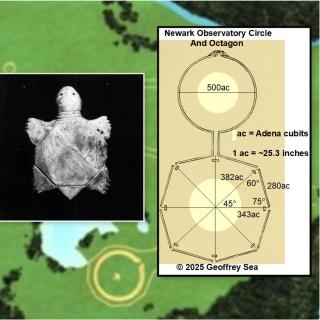On Oct. 12, 2016, the Public Utilities Commission of Ohio (PUCO) approved a massive subsidy for FirstEnergy to keep their dirty, dangerous and, now they say, uneconomical Davis-Besse nuclear power plant on Lake Erie in operation.
This bailout will force FirstEnergy’s electric customers to pay about $200 million extra per year for the next three to five years. Though the PUCO made statements about FirstEnergy improving the electric grid, there is nothing in the fine print that would force the company to do anything other than hand this money over to their shareholders. The subsidy could ultimately cost customers $1 billion.
FirstEnergy complained bitterly about the PUCO decision, because they had asked for billions more.
An earlier bailout request by FirstEnergy was approved by the PUCO but ultimately rejected by the Federal Energy Regulatory Commission (FERC.) FirstEnergy’s new request to the PUCO, written slightly differently, is an end-run around the original FERC decision.
In 2015 the Nuclear Regulatory Commission (NRC) gave Davis-Besse a 20-year license renewal. That means the reactor will be allowed to operate for 20 years beyond its designed lifetime of 40 years. In order to receive this license renewal, FirstEnergy had to claim solvency for Davis-Besse. At the same time they were claiming solvency, they were asking the PUCO for a financial subsidy, since their request has been in process for the last two years.
Davis-Besse, you will remember, is the “reactor with the hole in the head” that came within 1/8 of an inch of bursting its containment vessel back in 2002. In 1985 a potentially catastrophic 12-minute loss-of-coolant accident idled the plant for more than a year. Davis-Besse now has a dangerously cracked shield building over the reactor, has two new but flawed steam generators and the reactor head has been replaced twice due to cracking.
The bailout will also help keep FirstEnergy’s Ohio coal plants in operation.
In September, the Center for Public Integrity, The Weather Channel and the USA Today Network collaborated on a report naming the top 100 polluters in each of two categories – toxic air pollution and greenhouse gas emissions. They found that 1/3 of the toxic air releases from industrial sites in 2014 came from just 100 complexes out of more than 20,000 reporting to the U.S. EPA. A third of greenhouse-gas emissions also came from just 100 sites. Of these two “top 100s”, 22 facilities were top in both categories—FirstEnergy’s Sammis coal plant and Dayton Power & Light’s Stuart coal plant, both in Ohio, on the Ohio River.
FirstEnergy has made a bad choice by keeping their aging coal and nuclear plants in operation. They should not be rewarded for refusing to see the handwriting on the wall. The PUCO should instead be rewarding utilities for investments in renewable energy, energy efficiency and smart grid initiatives.
Both American Electric Power and Dayton Power & Light have subsidy requests before the PUCO. The Sierra Club’s Beyond Coal Campaign has played a major role in opposing these bailouts.
Challenges to FirstEnergy’s subsidy are expected to be put before the Ohio Supreme Court and FERC.
Update on DUF6 conversion facilities at Piketon and Paducah
In August, The Free Press ran an article entitled “Sierra Club Warns of Dangers Idled Facilities Pose in Ohio and Kentucky.” This is an update on the status of the two Uranium Hexafluoride Conversion Facilities at Piketon, Ohio and Paducah, Ky.
Conversion removes the fluorine from the massive amounts of depleted uranium hexafluoride (DUF6) left over from uranium enrichment that went on for many years at the two sites.Besides being radioactive, uranium in its hexafluoride form is highly toxic and chemically corrosive. Chemical reactivity is causing the cylinders that hold it to rust and leak. There are over 24,000 of these 14-ton cylinders at Portsmouth and about 40,000 at Paducah. The conversion process is essential to keep the DUF6 from escaping the aging cylinders and going into the air.
On Sept 29, 2016, the U.S. Department of Energy (DOE) announced the awarding of a contract to Mid-America Conversion Services, LLC. The DOE (read: taxpayers) will pay Mid-America $319 million for 5 years of conversion operations, for transporting and disposing of the end-products and wastes, and for monitoring the cylinder storage yards at the two sites. Mid-America is a joint venture between Atkins, Fluor and Westinghouse, all major players in the nuclear arena. They are scheduled to take over at both facilities in February of 2017. Conversion isnot expected to be restarted before the spring of 2017.
BWXT Conversion Services, LLC, will be given $35.8 million to continue its almost non-existent operations at the stalled facilities for the next 4 months.
BWXT started conversion at Portsmouth in 2011. The plant has not been operating since March of 2015, when an accident injured two workers and initiated an investigationby the DOE. The sister conversion facility at Paducah mysteriously powered down immediately after that accident and closed three months later. BWXT was fined $200,000 for multiple safety violations.



